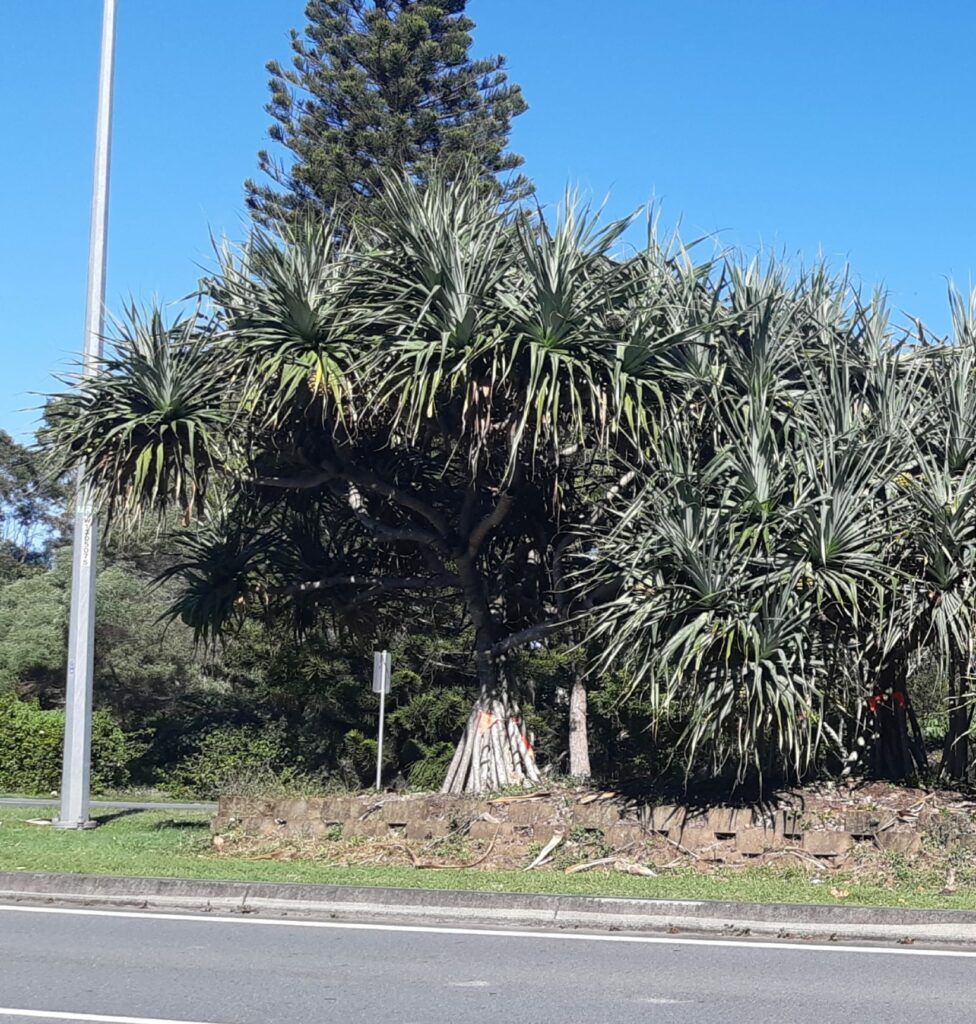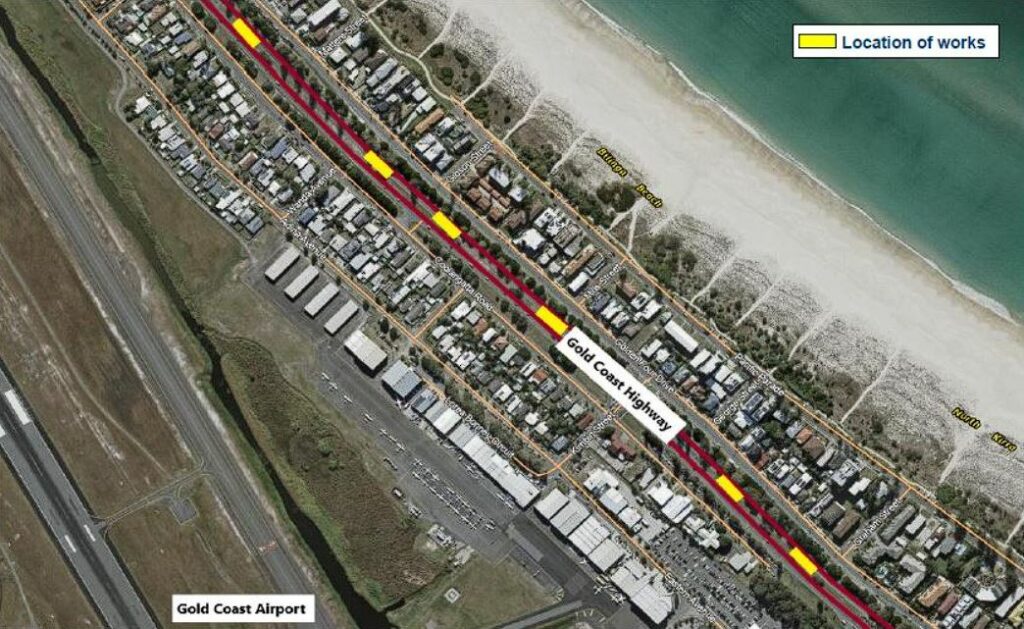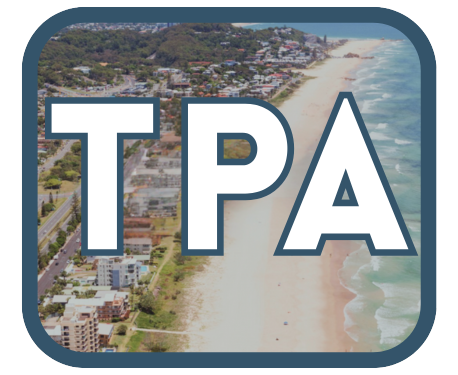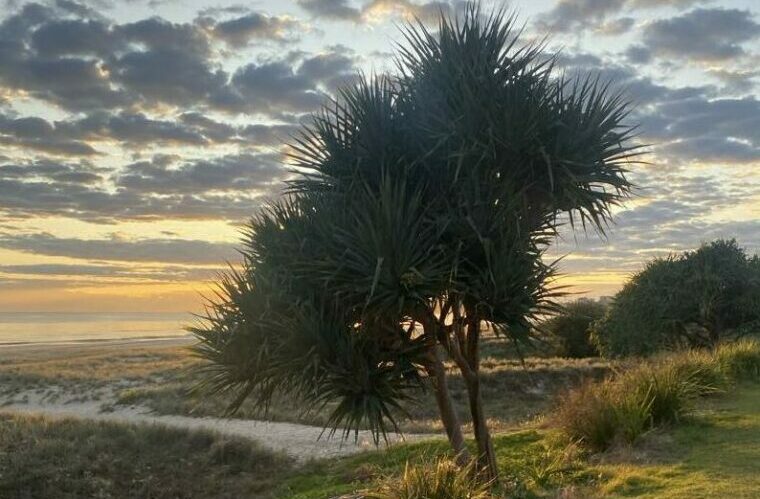Recently, the picturesque stretch of the Gold Coast Highway witnessed the unfortunate destruction and removal of 24 Pandanus trees. This decision has left a significant void in the landscape, evoking strong reactions from the local community. The Tugun Progress Association (TPA) reached out to both the local council and the Department of Transport and Main Roads (TMR) to express concerns and seek explanations. Regrettably, we received little justification as to why these trees couldn’t remain with safety barriers installed.
Tragically, the catalyst for the tree removal was a fatal car accident that occurred due to the concrete ‘bed’ housing some of the Pandanus trees. While safety is paramount, the removal of these iconic trees has sparked debate about whether this action was the only solution.
The TPA wanted to draw attention to a recent flyer from TMR, which advised the imminent relocation of 16 Pandanus trees from the central median of the Gold Coast Highway in Bilinga. We believe that the reasons given for their removal are not congruous with the interests of road safety or their urban amenity value. A simple comparison with many other similar roadside and median plantings in Queensland supports our stance.
Considering widespread community concern about this proposed action, we had hoped intervention and investigation into sensible alternatives could have taken place. The recent history of nearby landscaping removal and related concerns underscores our plea. In 2019, many shrubs and trees were removed from the same median immediately north of the airport turnoff. These plantings were originally conceived by city planners and architects to beautify the city and enhance its livability, particularly for visitors arriving via the airport. The reason given by TMR for the 2019 removal was the danger of cars hitting trees behind the flexible wire rope barrier. However, such barriers coexist with small trees along much of the M1 between Gold Coast and Brisbane, where speeds are significantly higher.
We have pointed out that the Gold Coast Highway is no longer the main highway since the construction of the Tugun by-pass. Consequently, the speed limit on the Gold Coast Highway need not be 80 km/hr, and slower speeds would lessen the collision risk with trees. If the blockwork beds are considered a hazard, installing a wire rope barrier would provide safety while maintaining the area’s amenity.
Moreover, in 2019, the nearby Pandanus trees were in their present state and were not considered a danger, making it incomprehensible that TMR has suddenly chosen to remove them five years later. Common sense suggests that removing trees from the median could increase the likelihood of cars veering into oncoming lanes, causing more serious accidents.

A TMR flyer mentioned the relocating 16 Pandanus trees to another project site. However, we observed that 24 Pandanus trees were removed, raising questions about the fate of the remaining trees. Speculation about the real reasons for the removal has surfaced, including TMR’s urgent need for mature Pandanus for another project and creating work to exhaust the financial year’s budget.
The southern Gold Coast community is fatigued by the diminishment of amenity and character in our local streets and neighborhoods. We hope in future that authorities can intervene and explore alternatives to tree removal, such as installing safety barriers. Research has shown that roadside trees and vegetation tend to slow motorists and reduce accidents, and median vegetation also reduces noise for roadside residents.
The short notification period has reinforced the perception of a lack of consultation and information about major TMR projects.



Leave a Reply